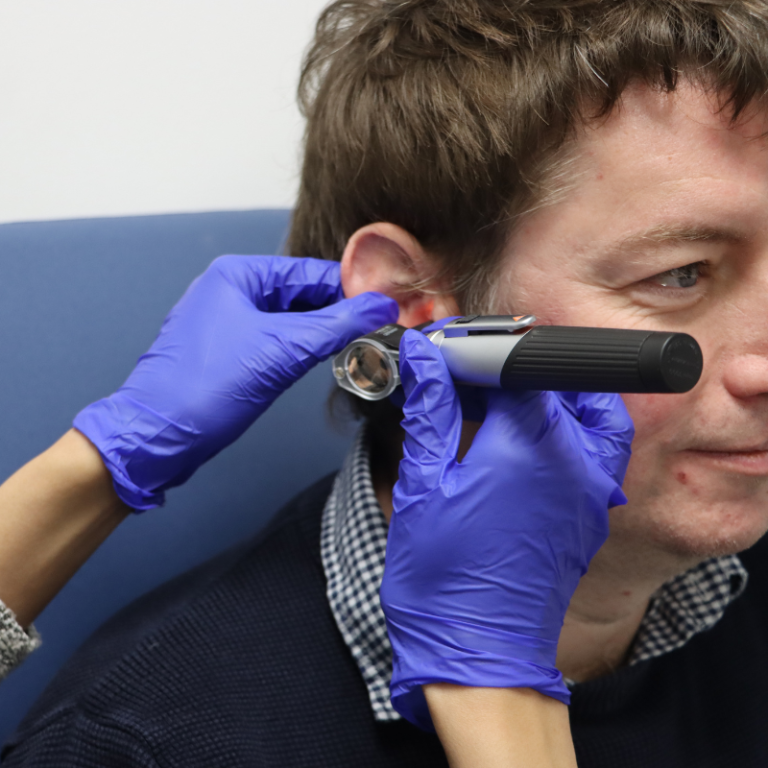About 700 million people suffer from hearing loss around the world. That’s a lot of people – 10% of the global population, in fact. But are they all experiencing the same type of hearing loss?
The answer is no. There are two main different types of hearing loss as well as different levels of hearing, from mild to profound. Everyone’s hearing loss is unique. In this article, we will go over the different types and levels of hearing loss.



